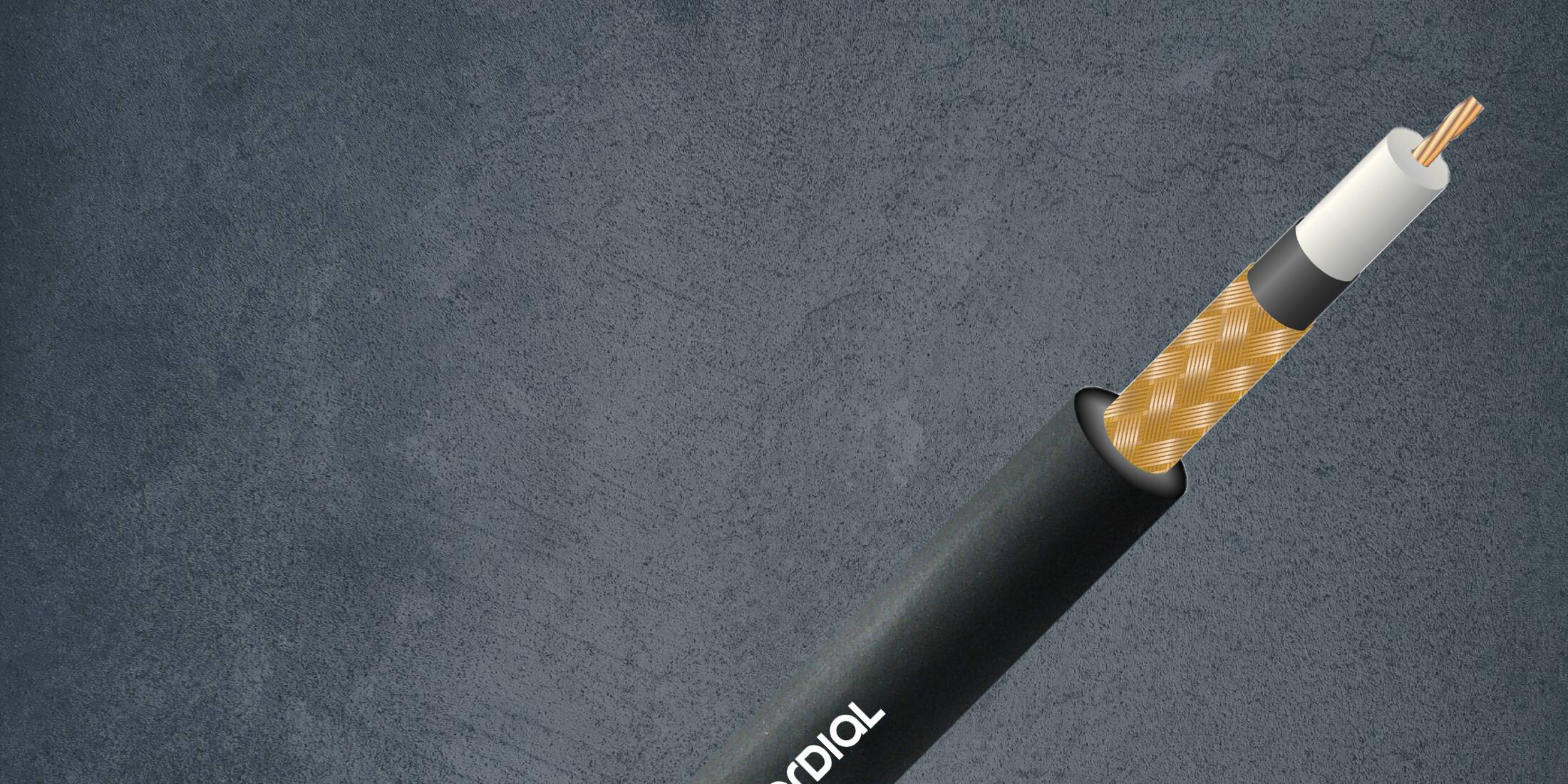One common option of protecting the inside of a cable from external influences, especially from electromagnetic interference, is the braided shield (also called cross braided shield).
As the name implies i.e. that, in this case, metal strands, usually copper wires, are braided around the cable interior. The wires are either bare or tinned, with a tinning whose primary purpose is to protect against corrosion. A complete, i.e. one hundred percent coverage (as with a foil) is not possible with a braid - depending on the cable, usually between 85% and 90%, sometimes over 90%, can be achieved. There are techniques to optimize coverage even further, for example, by using two braided shields on top of each other (as in the Cordial UHD video cable CVM 12-50 UHD-FLEX) or by employing a combination of braid and foil shielding (typically used in many data cables such as the CCAT 5 PVC).
Braided shielding scores bonus points when it comes to "mechanical stability". Cables featuring braided shielding are relatively pliable/flexible, have good tensile strength and are stable at the same time, because the strands cannot slip within the braid, so to speak.
A braided shield also achieves good to very good attenuation values (usually between 55-65 dB).
A disadvantage of the braided shield is that the processing is quite complex, often reflected in a slightly higher price of the finished product.
At the end of the day, as usual, it all comes down to the intended use of the cable determining which shielding variant will be your means of choice.
